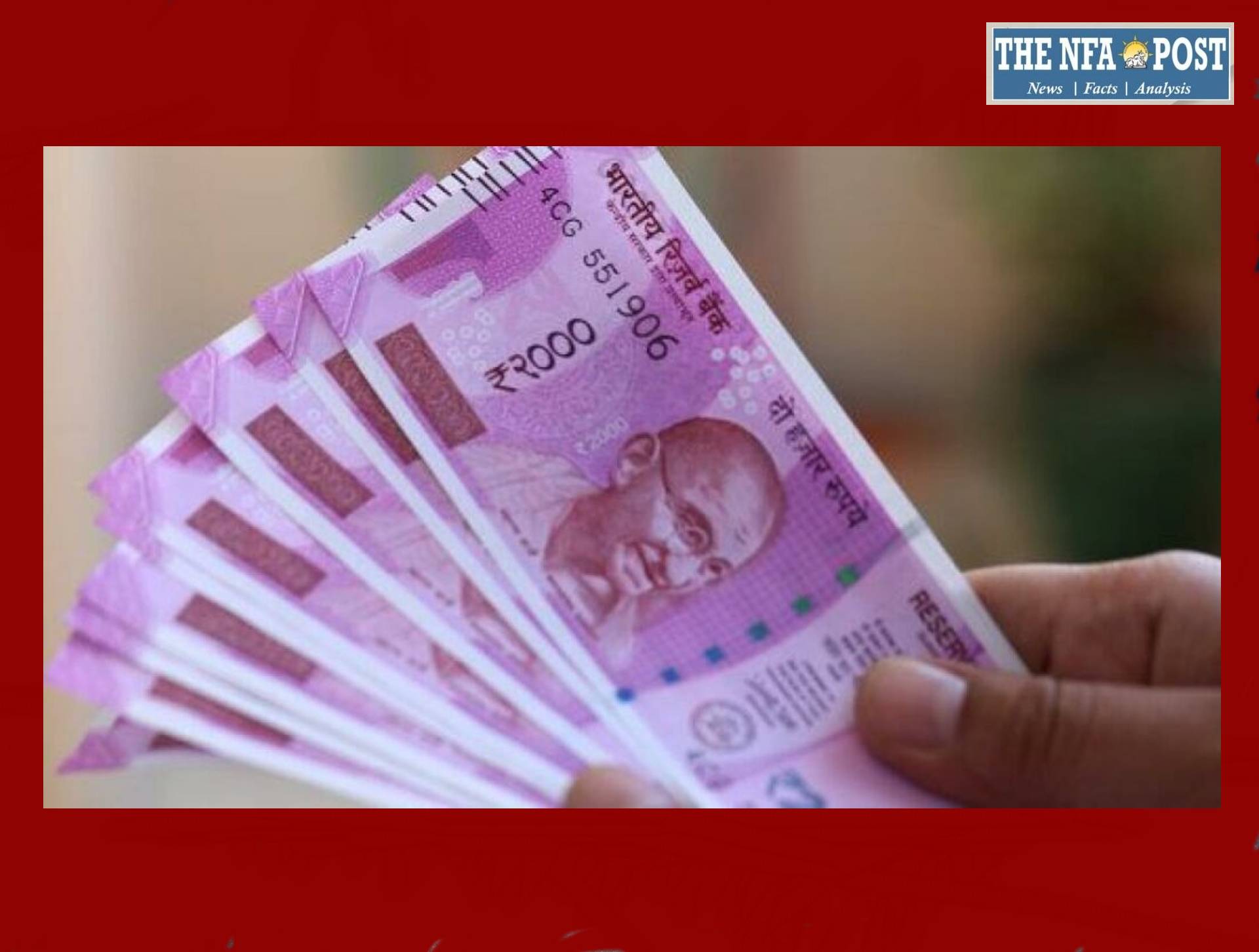The burden of tax, especially indirect, falls more on the poor half
New Delhi, NFAPost: The richest one per cent of Indians own over 13 times more wealth than the bottom 50%, according to a report by Oxfam India. The top five per cent own 61.7 per cent of the total wealth, nearly 20 times more than the 3% owned by the bottom half.
According to the “Survival of the Richest: The India Supplement”, released by the non-government organisation (NGO), wealth inequality gets denser on the top. More than half of the wealth of the top 10 per cent of richest Indians is owned by the top 1%.
The share of the top 10% in India’s total wealth has risen from 45 per cent to 63 per cent between 1981 and 2012. On the other hand, the wealth of the bottom half halved during the same period.
As per the report, the burden of the tax falls invariably high on the poor. The bottom 50 per cent income group spends a higher percentage of their income on indirect taxes than the middle 40 per cent and the top 10% combined.
The top 10% spend the least percentage of their income on taxes among the three groups. Sixty-four per cent of all Goods and Services Tax (GST) collections come from the bottom 50% and 4% from the top 10%. The report also said that the bottom 50% of the population pays six times more on indirect taxation than the top 10%.
“Estimates suggest that the bottom 50% spends 6.7% of their income on taxes for select food and non-food items. Middle 40% spends half of that at 3.3% of their income on food and non-food items.
However, the top 10% wealth group spends a mere 0.4% of their income on these items,” the report said.
Moreover, inequality has become worse since the onset of the Covid-19 pandemic.”The top 5% have continued to see their prosperity rise to owning around three-fifth of the total wealth in India (nearly 62%), which is higher than the pre-pandemic years,” it said.
“While the country suffers from multiple crises like hunger, unemployment, inflation and health calamities, India’s billionaires are doing extremely well for themselves. The poor meanwhile in India are unable to afford even basic necessities to survive. The number of hungry Indians increased to 350 million in 2022 from 190 million in 2018,” said Amitabh Behar, chief executive officer (CEO) of Oxfam India said.
Inequality also changes with location, gender and caste. The bottom 50% of those living in rural India pay 3% more tax than the bottom half of the urban population. Between 2018 and 2019, female workers earned 63 paise for every 1 rupee a male worker earned.
For Scheduled Castes and rural workers, the situation is worse. During the same period, SCs earned 55% and rural workers 50% of what the advantaged social groups and urban workers earned, respectively.
Way forward
“Taxing the super-rich is the strategic precondition to reducing inequality and resuscitating democracy,” said Gabriela Bucher, executive director of Oxfam International.
The organisation suggested a reduction in the GST slabs on essential commodities. The rates can be hiked for luxury goods. It also suggested raising taxes on capital gains, which are subject to lower tax rates than other forms of income.
Additionally, the wealth of the top 1 per cent should be taxed on a “permanent basis” with higher rates for millionaires, multi-millionaires and billionaires. It added that the Centre should ensure workers in the formal and informal sectors are paid basic minimum wages.”The minimum wages should be at par with living wages which is essential to live a life with dignity,” the report said.
State of inequality:
· A 2 per cent tax on billionaires can support nutrition for the malnourished for 3 years.
· A 3 per cent tax on billionaires can fund the National Health Mission for 5 years.
· A one-time 5 per cent tax on the top 10 Indian billionaires can fund the health and AYUSH ministries combined for 1.5 years.
· Will also be enough to send all children to school.





